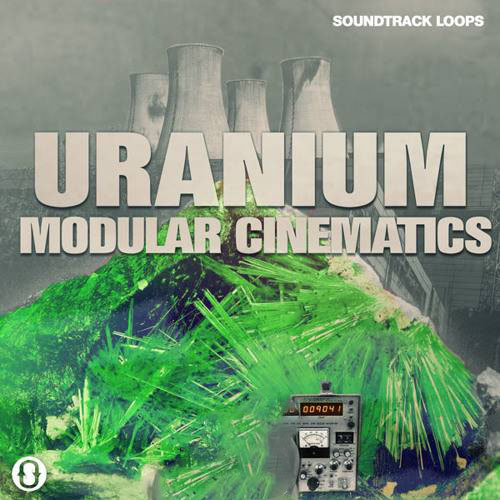Uranium: Modular Cinematics 2. Uranium: Modular Cinematics 将我们带回到合成器是实验室涂层科学家和粗花呢涂层学者的专属玩物的时代。蹲在大学音乐系地下室的荧光灯下,他们腼腆地转动着数以吨计的齿轮——变压器、电子管、示波器——的表盘,但看不到电脑。差异和重复正在成为绝对自由的违法象征。 Musique concrète 出现在披头士乐队的唱片中。希区柯克的超现实合成鸟带来了夜惊。 Uranium: Modular Cinematics 植根于那个时代,具有弓弦、持续的钹纹理、抽象的原声乐器、自然元素的声音,当然还有强大的模块化合成器的大量存在。制作人 Quincas Moreira 有一种艺术克制,允许制作人退后一步,让乐器以自己的声音简单地说话,不受人为干扰的负担。结果反映在声音环境中,可以以一种超然和不引人注目的方式告知和影响听众的主观感知和情感景观。 Modular Cinematics 中包含的 52 个循环始终自然且从不强迫,可以根据情况进行多种解释。
Uranium: Modular Cinematics 2. Uranium: Modular Cinematics takes us back to the days when synthesizers were the exclusive playthings of lab-coated scientists and tweed-coated academics. Hunkered down in the fluorescence of university music department basements, they coyly spun the dials on literal tons of gear—transformers, tubes, oscilloscopes—but not a computer in sight. Difference and repetition were emerging as transgressive symbols of absolute freedom. Musique concrète was showing up on Beatles records. Hitchcock’s hyperreal synthetic birds brought on the night terrors. Uranium: Modular Cinematics is rooted in that era, with bowed strings, sustained cymbal textures, abstracted acoustic instruments, natural element sounds, and of course the massive presence of the mighty modular synthesizer. Producer Quincas Moreira has the kind of artistic restraint that allows producers to step back and let musical instruments speak simply, in their own voices, unburdened by undue human interference. The results are reflected in sonic environments that can inform and influence listeners’ subjective perceptions and emotional landscapes in a detached and unobtrusive way. Always natural and never forced, the 52 loops contained in Modular Cinematics harbor as many interpretations as there are situations.




